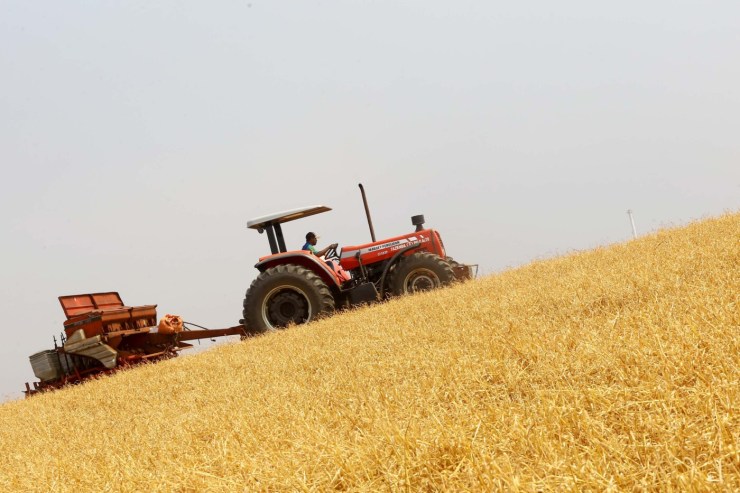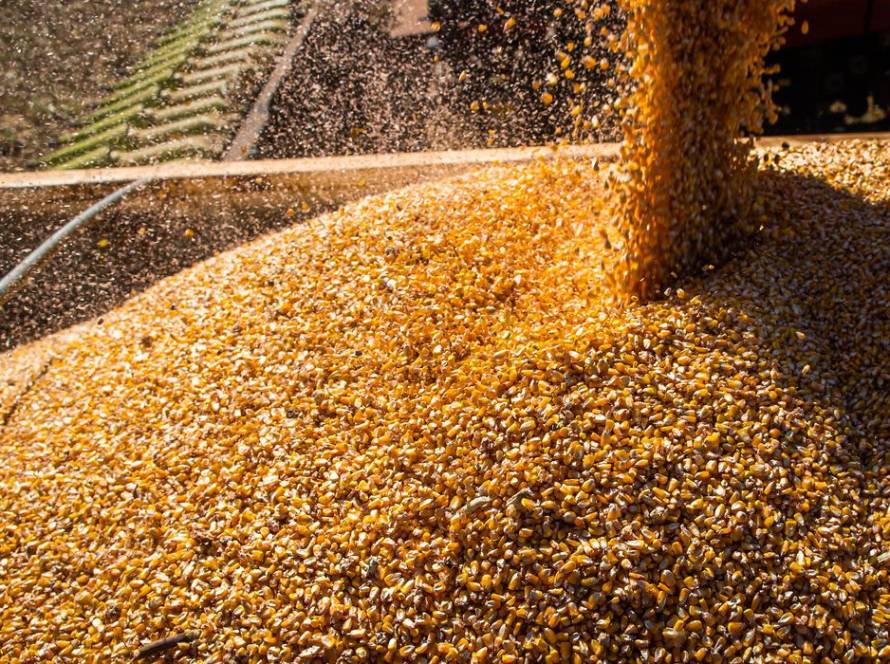Imagine the situation: you go to a bank in a country with a base interest rate of 15% and annual inflation of around 5%. But, even in the face of this challenging situation, you leave the bank with a loan to produce basic food items with interest rates of 2% to 3% per year, with a long term for repayment. This is exactly what the 2025/2026 Family Farming Harvest Plan ensures to producers linked to family farming.
The new Harvest Plan offers special rates that encourage the production of basic food, organic products and, among others, for those who work with productive forests in Brazil. The special conditions were detailed this Tuesday, July 1, by Minister Paulo Teixeira (Agricultural Development and Family Farming) during the Bom Dia, Ministro program. “This 2% interest rate is a negative interest rate. It is 2% per year. It does not even adjust for inflation. It is an interest rate to encourage organic farming,” summarized Paulo Teixeira.

Paulo Teixeira on Bom Dia, Ministro: interest rates of 2% per year for the production of organic food means, in practice, negative interest rates – Photo: Diego Campos/Secom/PR
At the launch of the program at the Planalto Palace on Monday, President Luiz Inácio Lula da Silva also emphasized this perspective. “It is important to remember that an interest rate of 3% per year in a country with inflation of 5% means -2%. It is less than zero interest. And this is permeating all family farming. It is important that we learn to talk about these things so that people realize that our banks are doing what historically has not been done in this country,” said the president.
R$ 89 billion
Family farming is responsible for approximately 70% of the food that reaches Brazilians’ tables. The new Harvest Plan allocates R$$ 89 billion in credit expansion measures that drive the agroecological transition and promote social justice in the countryside. The plan guarantees a rate of 3% per year for the production of rice, beans, cassava, fruits, vegetables, eggs and milk – and drops to 2% when the crops are organic or agroecological. The strategy, adopted in the last two harvest plans, resulted in increased financing for basic food products, generated income in the countryside and helped provide fairer prices to consumers.
productive forest
When discussing the concept of productive forests, the minister cited the example of a producer he recently visited in Belém (PA) who cultivated ten different species, such as cupuaçu, açaí, cocoa, andiroba and vanilla, on an area of two hectares. “This is the focus of investment in the North of Brazil: forest recovery through productive species,” he explained.
Degraded areas
For Teixeira, this support is essential for the recovery of degraded areas. “We want to recover degraded areas with reforestation, with productive species that provide economic results for these farmers.” According to the minister, the person responsible for the production visited in Belém is happy because he sees the results being converted into income. “Every month he has a different crop and these are crops that have a lot of market value,” he highlighted. “What the Safra Plan proposes, which is an interest rate of 3% for those who produce productive forests, is a subsidized interest rate. Financing for açaí, cocoa, cupuaçu and agroforestry systems has increased significantly,” he continued.

Infographic – The main figures of the Family Farming Harvest Plan 2025/2026
Productive backyards
Another point highlighted by Paulo Teixeira in the context of the Safra Plan is the relevance of women. “We have a policy for women in the Ministry and in terms of credit, we increased the volume for women by 36.8%. Hiring increased by 33% and women have cheaper credit,” he emphasized. The minister cited as an example the New Pronaf B Quintais Produtivos, which offers special conditions for microcredit aimed at rural women, with a limit of R$$ 20 thousand and interest of R$0.5% per year, with a bonus for paying in full of up to R$40%. “Productive backyards are those small-area productions, sometimes half a hectare, and there you can produce 15 to 20 different crops that serve to feed the family and for sale, whether for the National School Feeding Program, the Food Acquisition Program or even for the market,” explained Teixeira.
Centrality
“The income from a productive backyard can reach R$5,000. But the policies go beyond financing. They go to technical assistance. We launched a call for proposals for women, especially for these productive backyards, which we are implementing. The issue of women is central to our policies. They are assuming an important role in Brazilian agriculture,” emphasized the minister.





